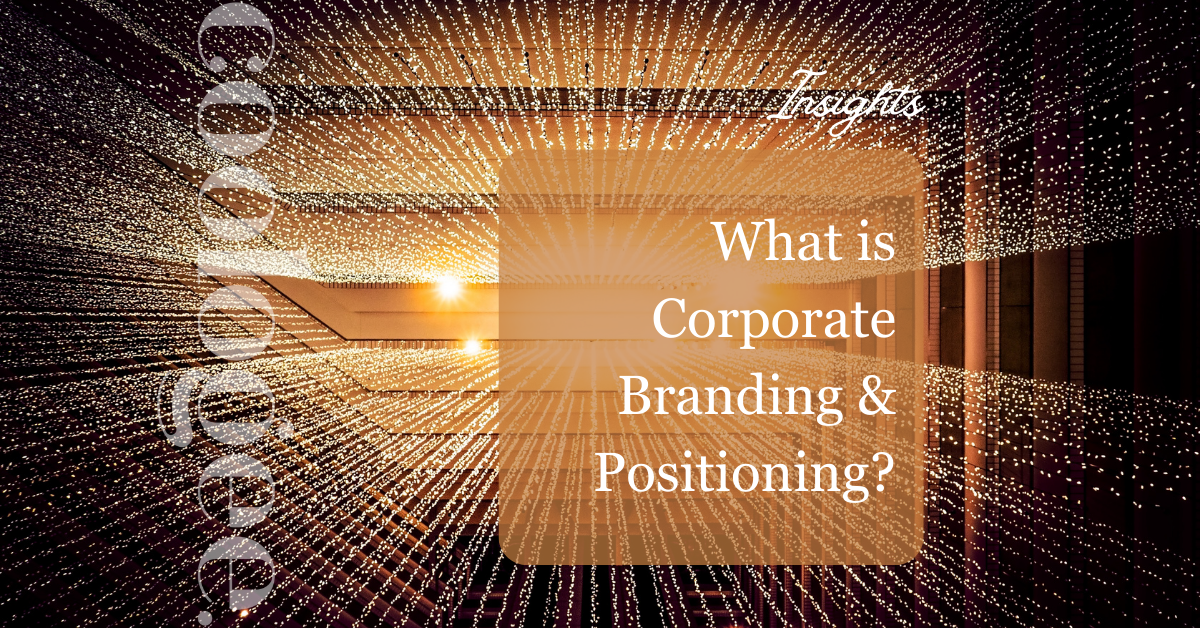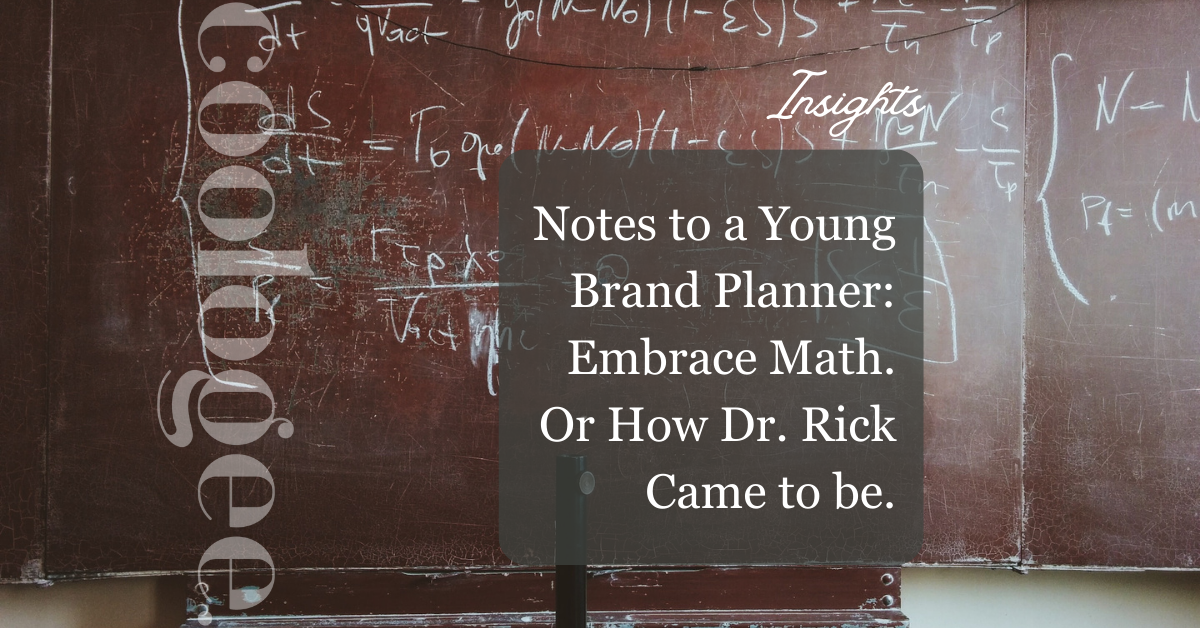Salience is Critical, but Repetition Changes Behavior.
In an information overload world, salience matters in advertising effectiveness; more than message consistency, importance, and likeability. Yet, salience is often misunderstood. As Krech and Crutchfield wrote decades ago:
“Saliency refers to the fact that not all of a man’s beliefs stand out with equal prominence in his cognitive field. He may be more acutely aware of certain of his beliefs than others, they may enter his thoughts more readily, they may be more frequently verbalized–they are, in a word, salient.”
In short, people recall some ideas better than others. Why is this?
As anyone who has sat through a long exam or a grueling work session knows, thinking is exhausting. To conserve energy, the body uses shortcuts to get the best possible results using the least energy. This means that our brains are scanning for bits of information that stand out: easy to recall, fit our existing beliefs, provoke emotion, or surprise us. Simple makes recall easier. Fitting our beliefs triggers confirmation bias. Feelings create memories. Surprise draws attention.
What is incredibly interesting is that salience within a campaign is not cumulative. In other words, in a campaign of four ads, the campaign’s total effectiveness is only equal to that of the most salient ad in the campaign, not to the sum of all the ad units. At least this is what Ace Metrix has concluded after comparing their Ace scores for one-off ads v. ads in a campaign. The reason they give is that people tend to process only the most salient piece of information and ignore the rest.
If this is indeed the case, what does that mean to marketers who have traditionally believed in the cumulative effect of ad campaigns?
Salience may not cumulate, but repetition builds familiarity and familiarity builds belief. It takes six to ten impressions to get a person to go from ‘i have not heard of you’ to ‘I want to buy your product or service.’ assuming the target strategy is right. Labeled “mere exposure effect” repetition of a stimulus builds familiarity which in turn builds attentiveness and belief (more on the exposure effect can be found here).
Between salience and repetition lies brand and campaign success. New gets our attention but repetition increases our attentiveness. Great campaigns provide something familiar while surprising with new and different. Marketers must watch for wear out, too, as ads that have outlived their usage can negatively impact brand salience and response. I wish I could tell you the magical formula that helps us manage new with familiar. I do not have that yet. But maybe you and I could partner to figure this out together?

 By
By


